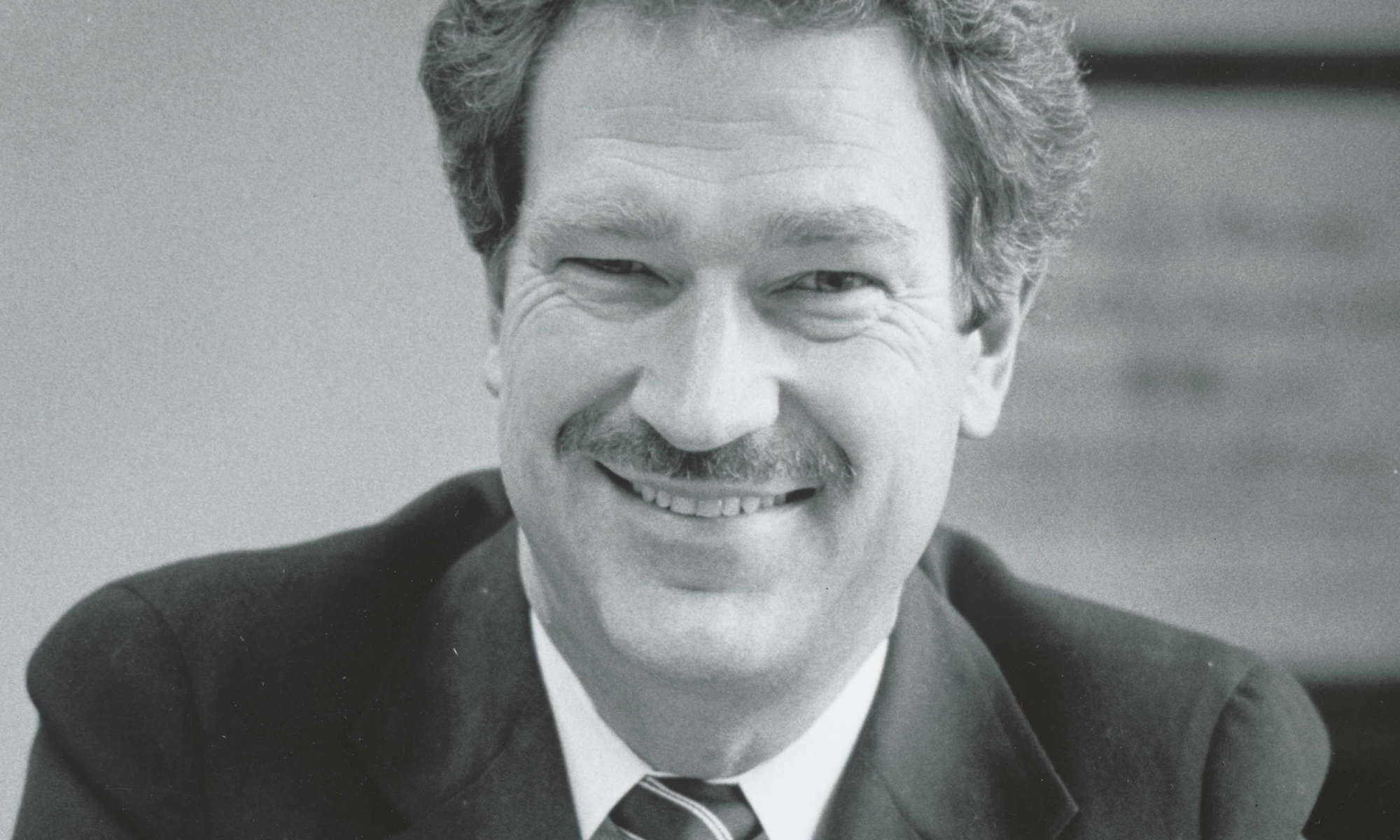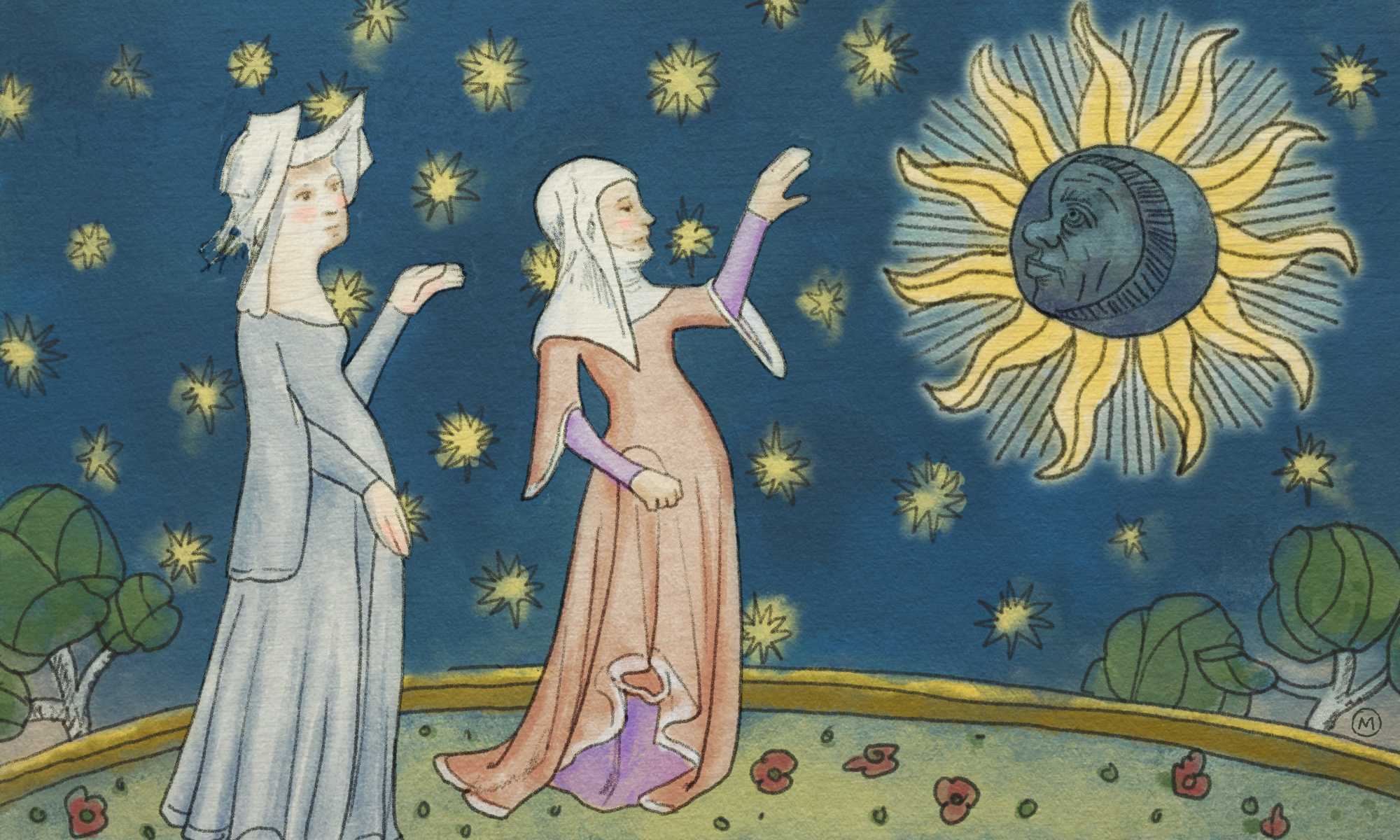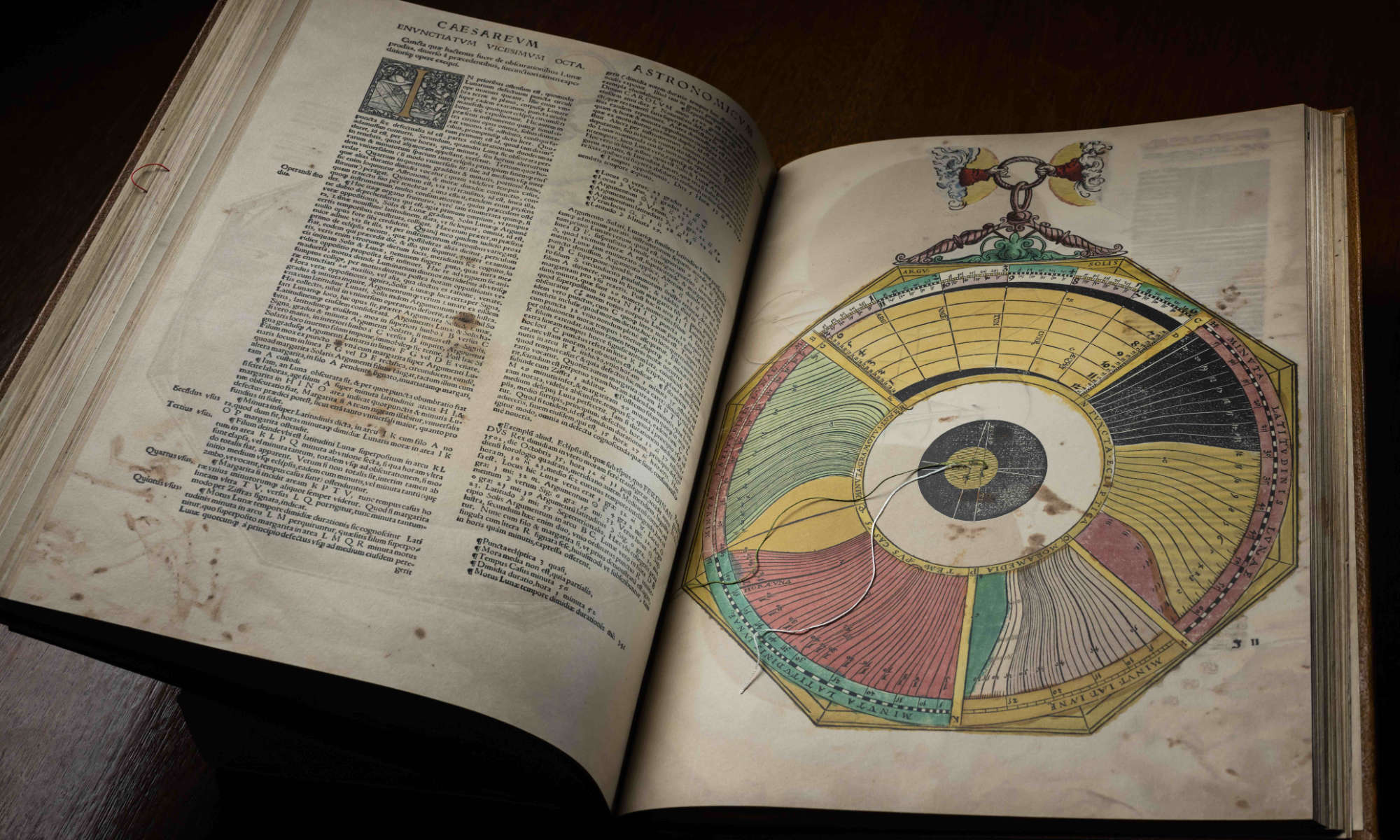While the Democratic National Convention takes center stage this week in Philadelphia, political junkies can discover an important slice of Democratic Party campaign history at Rush Rhees Library on the River Campus.
Showcasing buttons, bumper stickers, photographs, and video footage that span from the era of Franklin Delano Roosevelt to John F. Kennedy to Bill Clinton, the Department of Rare Books, Special Collections, and Preservation is home to notable collections that bring major political campaigns to life.
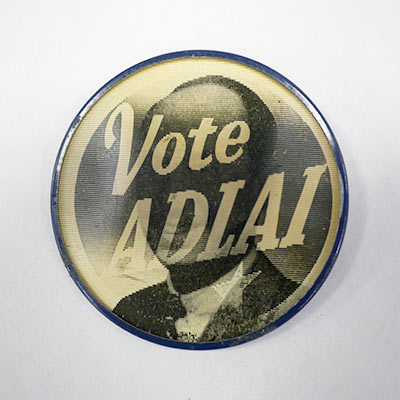 The papers of Frank J. Dowd Jr. ’48, ’57 (MA) highlight how compelling buttons, stickers, and other tchotchkes were to candidates and their supporters. Dowd, a longtime administrator who retired in 1980 as vice president for student affairs, taught courses in American and comparative government at the College.
The papers of Frank J. Dowd Jr. ’48, ’57 (MA) highlight how compelling buttons, stickers, and other tchotchkes were to candidates and their supporters. Dowd, a longtime administrator who retired in 1980 as vice president for student affairs, taught courses in American and comparative government at the College.
Donated by Dowd’s daughter, Laura, in 2011, the collection features several gems, including:
- holographic “Vote Adlai” tie clips and buttons and a “We Believe in Steve” button from the 1950s Democratic presidential nominee Adlai Stevenson;
- campaign buttons both for and against Roosevelt, who served as president from 1933 to 1945;
- a “UR Students for Mondale” button from Walter Mondale’s 1980 presidential run;
- and bumper stickers for Kennedy and Johnson (1960), Humphrey and Muskie (1968), and McGovern and Shriver (1972).
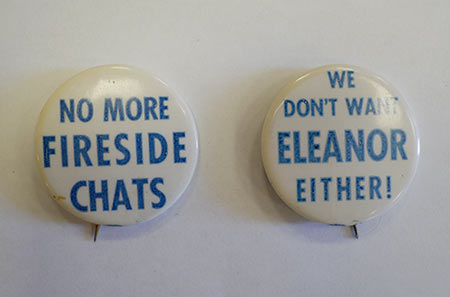 Also housed at the library are the papers of former U.S. Senator Kenneth Keating, Class of 1919, a Republican from Lima, outside of Rochester, who served in Congress from 1947 to 1965.
Also housed at the library are the papers of former U.S. Senator Kenneth Keating, Class of 1919, a Republican from Lima, outside of Rochester, who served in Congress from 1947 to 1965.
The collection includes transcripts and footage of television interviews from his weekly TV show, Let’s Look at Congress, which aired in the 1950s and ’60s across New York. Keating regularly invited Democratic politicians, including heavyweights John F. Kennedy, Robert F. Kennedy, and Lyndon B. Johnson, for hard-hitting but civil interviews.
On the June 1, 1959, show, Keating introduces John Kennedy, then a 42-year-old senator from Massachusetts, as “the leading candidate for the Democratic nomination for the presidency in 1960, although you can’t get him to make any formal announcement of his candidacy.”
Kennedy would do just that six more months later. In the interview, the future president tells Keating “we’re engaged in a death struggle with the Soviet Union,” says he is opposed to recognizing Red China, and says he supports repealing the constitutional amendment that prohibits presidents from seeking a third term in office.
For more about the collections, visit the River Campus Libraries’ website.


